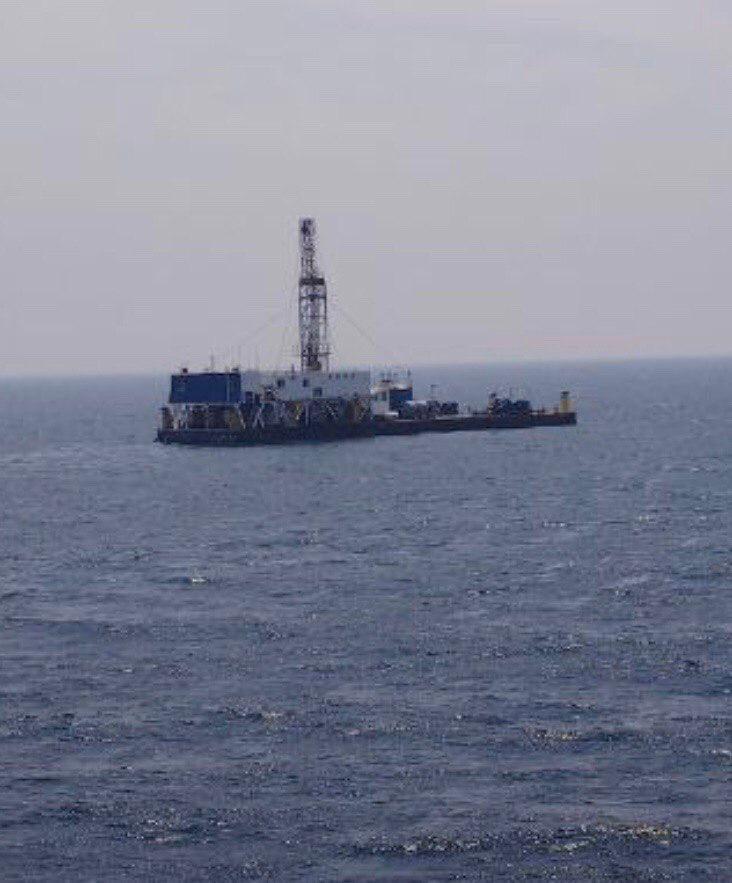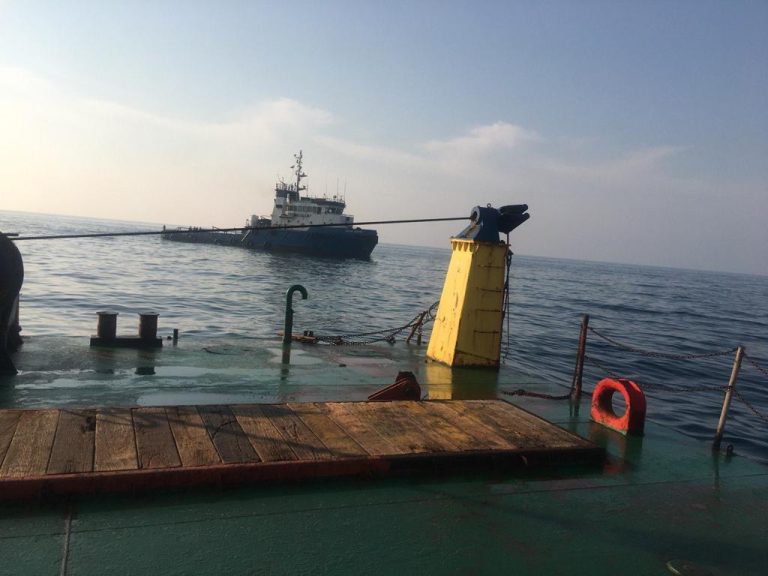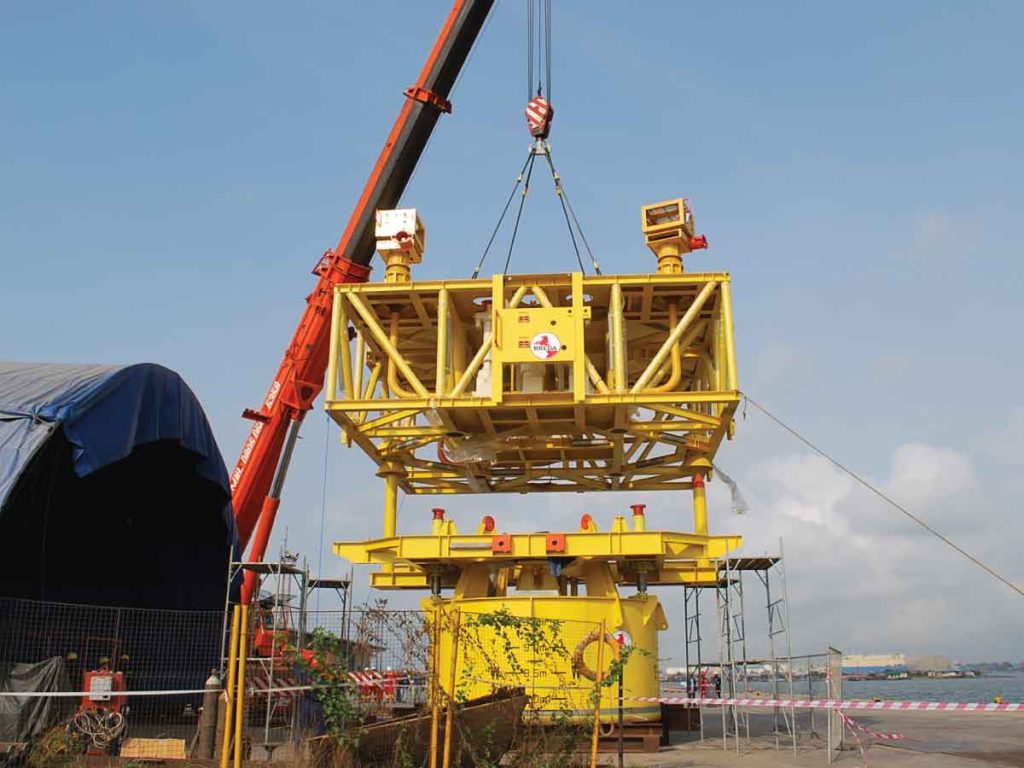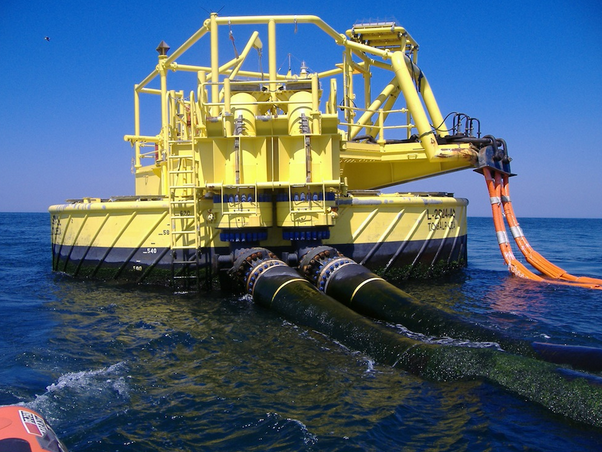Pre-design and pre-engineering of Qeshm Oil Terminal Project
Pre-engineering of the marine sector in the oil industry, especially in the transportation sector of this black gold (OIL) and its products, includes various analyses and measures that are essential for the planning and design of offshore oil and gas extraction projects. In this context, in addition to paying attention to marine and environmental systems, the participation of companies and contractors plays a key role in the success of the project.



After the signing of the Qeshm Oil Terminals Offshore Contract at the end of 2021 between Qeshm Oil Investment Company as the employer and BatService Contracting Company as the project contractor, the company included the research, design and pre-engineering section on its agenda.
This section includes the following:
1. Offshore Pre-Engineering for Oil Industries
Offshore pre-engineering for oil and gas projects usually includes various stages that must be carried out before the main projects begin. These stages are generally defined as follows:
Geographical and geophysical studies: to simulate sea conditions, water depth, subsurface features, sediment status and environmental hazards.
Preliminary design: includes the design of offshore systems, platforms, oil receiving and transfer stations using pipeline systems on the seabed and onshore
Technical analysis: assessment of technical requirements such as the selection of the type of mooring systems (SPM) and pipeline connection structures (PLEM).
Economic and financial studies: economic analyses to assess the costs and returns of the project.



2. SPM (Single Point Mooring) & PLEM (Pipeline End Manifold)
SPM (Single Point Mooring) refers to systems that are connected to oil tankers for loading or unloading oil at sea. This system is especially used in areas far from the coastline where there is no access to ports. SPM is usually installed in areas where the sea depth is high and a fixed point for connection is required.
PLEM (Pipeline End Manifold) refers to a structure that is placed at the end of offshore pipes and acts as a connection point for transferring oil and gas from the seabed to vessels or production stations. These equipments are actually responsible for transferring fluid from subsurface pipes to the surface or to the desired vessels.


3. Geographical reports of the area
Geographical and environmental reports are key parts of pre-engineering. These reports include various information such as:
Topographic and geophysical simulations: To assess the underlying conditions of offshore oil projects, such as analyzing the physical conditions of soil and water, etc. in the project.
Environmental conditions: To examine atmospheric characteristics, waves, currents, and sea conditions.
Environmental considerations: To assess the effects of projects on marine and coastal ecosystems, including examining the effects of pollution and climate change.
Natural and human hazards: To assess hazards such as storms, earthquakes, and threats from human-caused incidents such as oil spills.
4. Research and survey of the sea and coastal sectors
Detailed research and surveys in both the sea and coastal sectors are of particular importance:
The sea sector: This research includes the study of the sea state, the design of platforms, production stations, and oil transfer systems to the surface. Marine hazards such as storms, waves, and weather conditions are also assessed.
Coastal Section: This section deals with the necessary infrastructure on land such as ports, oil transfer and storage stations, and facilities. The study of coastal geological and environmental conditions is also a priority for this section.
In conclusion, it can be said that pre-engineering of the marine sector in the oil industry is a complex and multifaceted process that includes design, technical, economic, and environmental analysis of projects. Companies such as BatService Contracting in the executive sector play a key role. Also, SPM and PLEM, as important systems in the transfer of oil and gas from the sea to the surface, are vital components of these projects.

